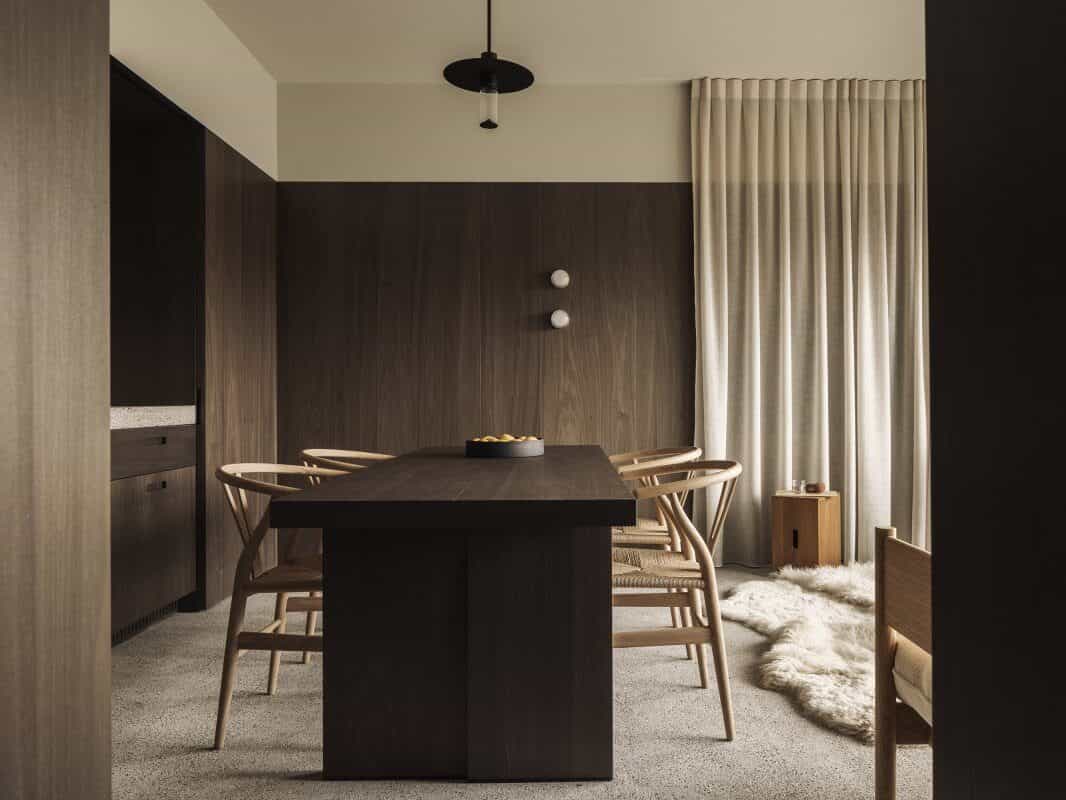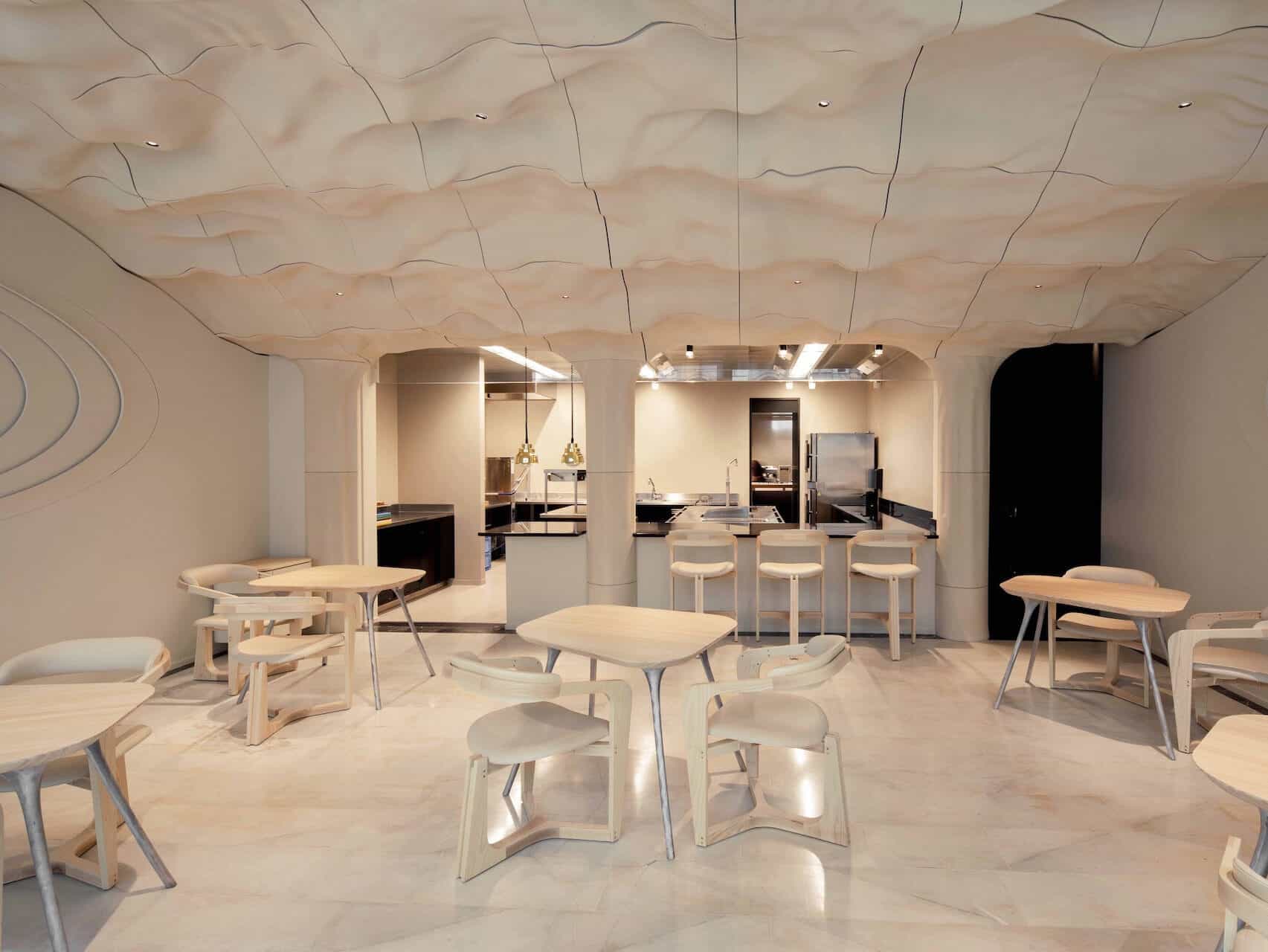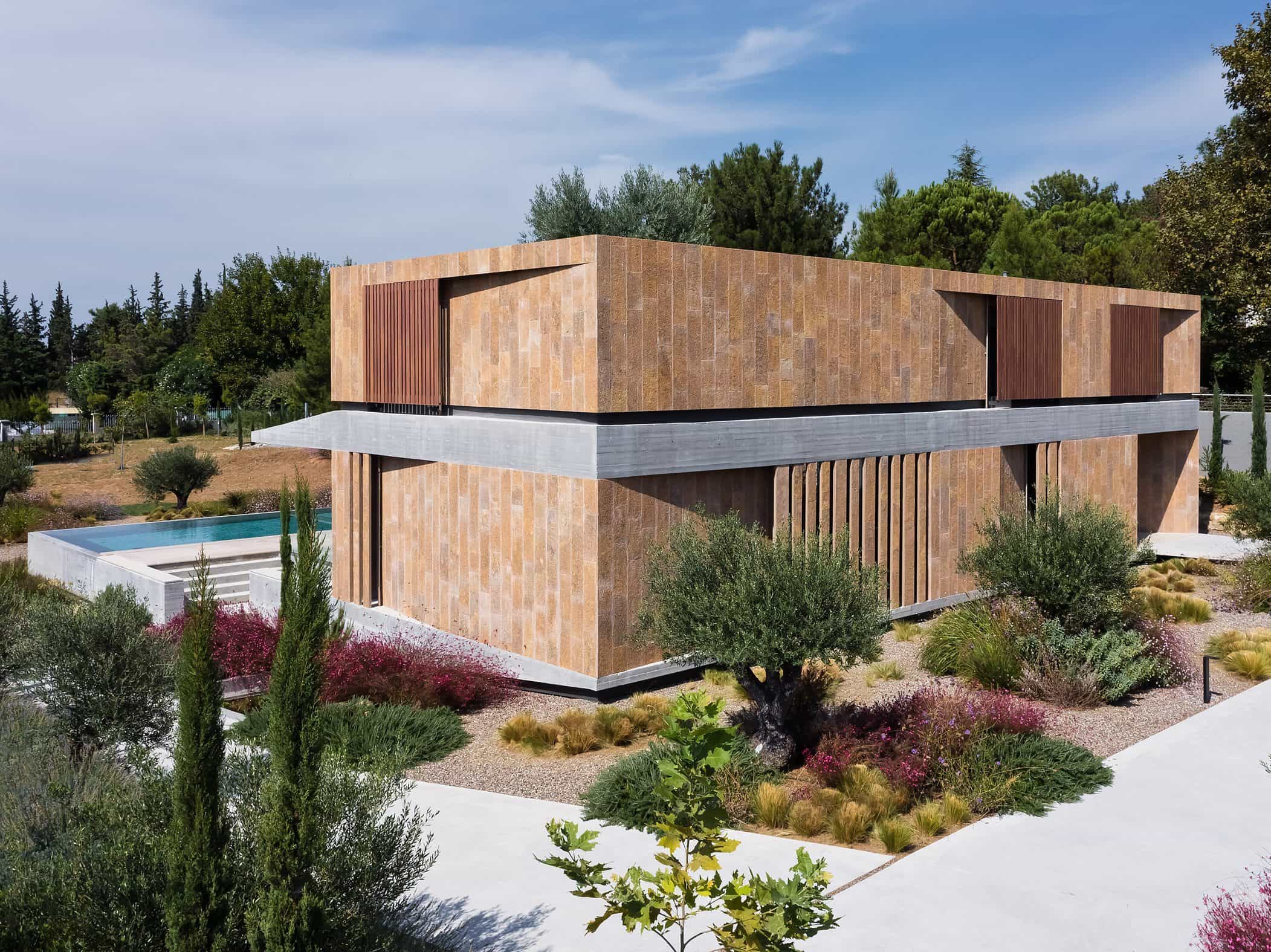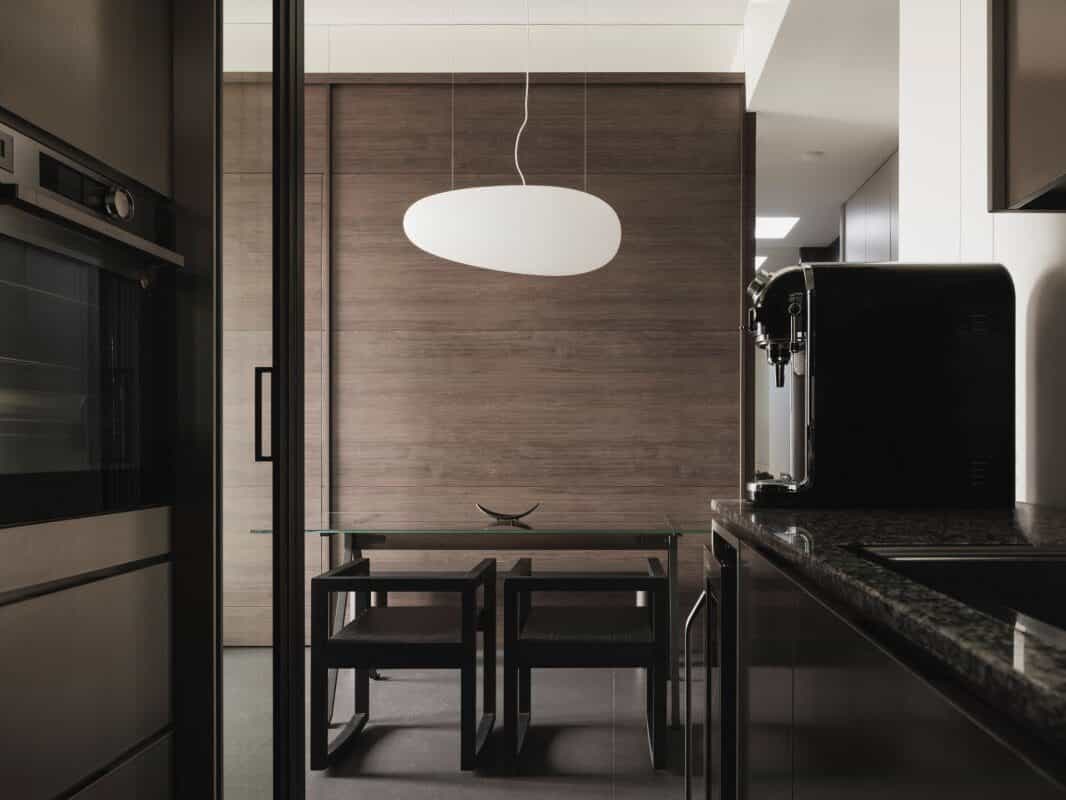UAD’s Villagers’ Home in Zhejiang blends modern design with historical roots, creating a cultural hub that honors the local heritage and community.

PROJECT OVERVIEW
Location: Wanghu Village, Zhejiang Province, China
Architecture: The Architectural Design and Research Institute of Zhejiang University (UAD)
Photography: Zhao Qiang
In the heart of Wanghu village, The Architectural Design and Research Institute of Zhejiang University (UAD) has unveiled a remarkable visitor centre called Villagers’ Home. Nestled amidst remnants of mud buildings once used for mushroom cultivation, this project is a crucial step toward revitalizing the area for both residents and tourists alike. UAD’s vision was clear: to honor the village’s rich farming history while providing spaces for communal gathering, education, and celebration.

As the studio eloquently puts it, the design of Villagers’ Home seeks to address a fundamental question: How should architecture respond to the natural environment and the historical relics of a village? The answer lies in a carefully crafted structure that not only meets the current needs of the community but also fosters a sense of belonging and connection among its inhabitants.
A key challenge faced by the designers was the lack of public spaces in the village, which hampered efforts to preserve the collective culture and material heritage of the locals. UAD’s solution was to create a multifunctional space that transforms the area from a purely productive environment into a vibrant social venue. This shift is emblematic of a broader architectural trend: reimagining the relationship between buildings and the communities they serve.

The visitor centre is constructed on the foundation of the old mud houses, with gabled concrete forms that serve as a contemporary reinterpretation of traditional wooden folk homes. The design cleverly integrates fragments of rammed-earth walls into the concrete exterior, giving the impression that the new structure is “growing” from the remnants of the past. This harmonious blend of old and new highlights the architectural dialogue between visibility and invisibility, as the studio describes.
By exposing parts of the old walls, UAD creates a narrative that links the present to the past. These remnants provide a glimpse into the village’s history, while the modern concrete forms establish an abstract backdrop that accentuates the textures and traces of time on the historical walls. This relationship invites visitors to reflect on the evolving story of Wanghu village.

Inside Villagers’ Home, the layout promotes community interaction and engagement. A tea room and a function hall overlook a central courtyard, allowing natural light to flood the interior through full-height glazing. Smaller square openings mimic the historic wall sections, creating a visual connection to the village’s past. This design strategy encourages visitors to immerse themselves in the environment while fostering a sense of tranquility and reflection.
The courtyard is framed by glazed corridors that connect the two wings of the centre, echoing the traditional layout of courtyard houses that have long been a staple of Chinese architecture. This design choice not only promotes natural ventilation and light but also facilitates a seamless flow between indoor and outdoor spaces, enhancing the visitor experience.

To the east, the activity room features a striking full-height window housed in a sloping form that juts out from the roof, framing breathtaking views of the adjacent wooded area. This thoughtful design element reinforces the connection between the built environment and the surrounding landscape, inviting nature into the heart of the centre.
UAD, established in 1953 as part of Zhejiang University, continues to push the boundaries of architectural design with projects that reflect both innovation and tradition. The Villagers’ Home visitor centre is a prime example of how architecture can serve as a catalyst for community revitalization, ensuring that the cultural legacy of Wanghu village is preserved for generations to come.

With its modern yet respectful approach, Villagers’ Home stands as a testament to the potential of architecture to enhance communal life and honor the past while paving the way for a brighter future. As UAD continues to explore this balance in their work, they remind us all of the importance of place, history, and connection in our ever-changing world.




